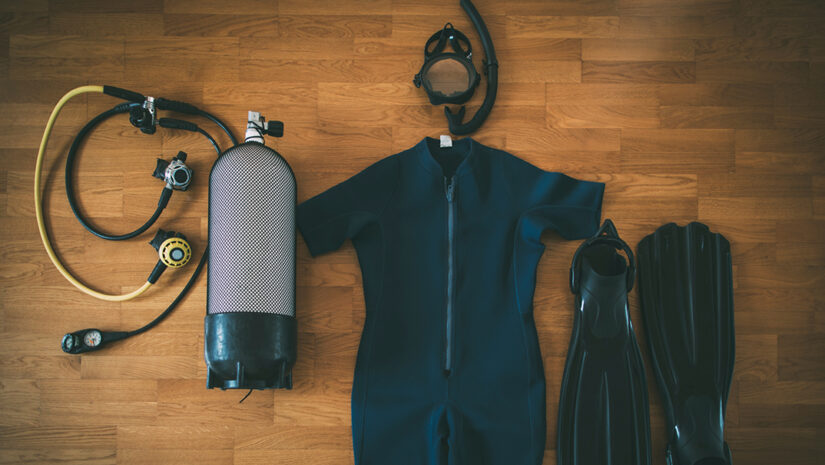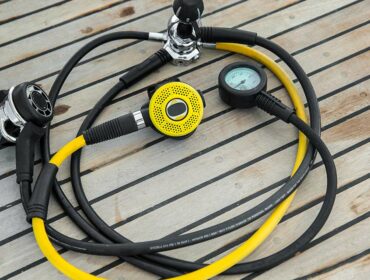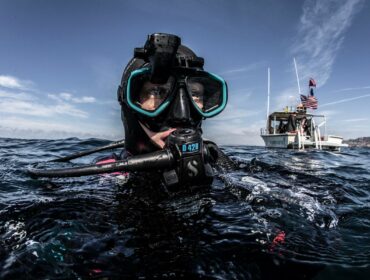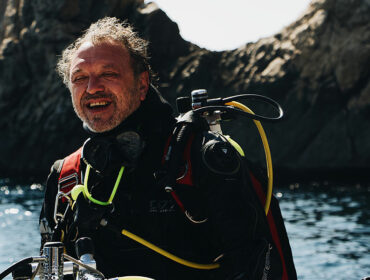Buying diving gear and equipment, especially diving regulators and octopuses, can be pretty daunting with the endless array of features, types, and technical terminology that gets thrown into the equation when you are in the market to buy one. A good place to start is understanding how a scuba diving regulator works, the first and second stages of diving regulators, and then looking at their types and differences, as we’ll point out here.
Balanced Vs Unbalanced Vs. Overbalanced Regulators
These terms refer to the parts used in the first stage of regulators and mean the following:
- An unbalanced regulator uses fewer parts. As a result, it sacrifices a bit of performance at lower tank pressures and deeper depths. It’s mainly suitable for very basic diving.
- A balanced regulator uses more parts in the first stage to ensure it delivers the same air at all pressures and depths. So, the performance of such regulators is consistent at all times of the dive and in shallow or deep waters.
- An overbalanced diving regulator incorporates a technology that makes breathing more manageable as you go deeper. These types of first-stage regulators are primarily seen in the top ranges.
Piston Vs. Diaphragm Regulators
Again, in the first stage of regulators, a diaphragm or piston is used to lower pressure from the tank. Both types perform more or less the same, and both are perfectly great and very reliable for recreational diving. The only difference between the two is:
- Piston regulators are basic, simple, and have a slight performance edge at depths. They cannot be overbalanced.
- Diaphragm regulators are slightly more resistant to cold and water with particles like silt, sand, or salt as the internal parts aren’t directly exposed to the water like in the piston type.
- The differences between the two types are negligible and aren’t serious considerations when choosing a diving regulator.
DIN Vs Yoke/ A-Clamp
These are the two different fitting types for attaching your scuba diving regulator to your tank.
- DIN, which stands for Deutsches Institut für Normung, is a fitting that screws directly into the tank. It’s more commonly used in Europe.
- A Yoke fitting screws over the tank. It’s also called A-clamp and is most popular in the UK.
- Both types of fittings are reliable and used commonly. If you choose to go with a DIN fitting, you can buy a DIN to yoke style converter, giving you the flexibility of using either one, whichever is more convenient.
High Pressure and Low-Pressure Ports
The first stage of scuba diving regulators has ports that connect other parts of the regulator like an octopus, inflator hose, pressure gauges, dive computers (sometimes wireless), and any extras. These can be high-pressure or low-pressure ports.
- Low-pressure ports connect only low-pressure items via a hose, such as your second alternate breathing source and Buoyancy Compensator inflator.
- The high-pressure ports connect high-pressure items such as your analog pressure gauge or dive computer.
- Choosing a regulator with multiple high-pressure ports is helpful if you wish to add any extras in the future.
Nitrox Compatible
Another aspect to consider when buying a Scuba regulator is whether it is Nitrox compatible should you choose to dive Nitrox later.





